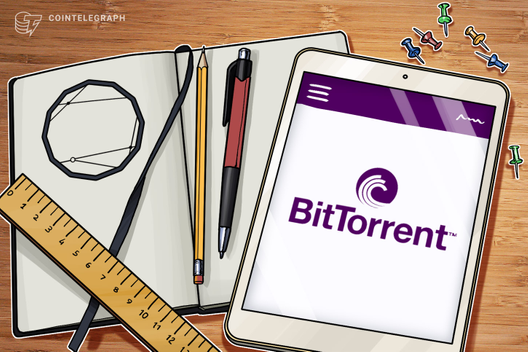Compound Treasury receives B- credit rating from S&P Global Ratings
Though the protocol offers an arguably lucrative yield of 4% per year, it’s only available to accredited investors as of now.

On Monday, decentralized finance, or DeFi, protocol Compound Treasury announced that it received a credit rating of B- from S&P Global Ratings. As told by the team at Compound, this represents the first time a major credit agency has issued a rating for an institutionalized DeFi protocol. The S&P Global Ratings’ investment suitability scale ranges from AAA (extremely strong) to D (in default). A score of B- indicates the issuer can meet financial commitments, though vulnerabilities to business, financial, and economic conditions persist.
Regarding Compound’s rating specifically, S&P Global cites the uncertain regulatory regime for stablecoins such as USD Coin (USDC), stablecoin-to-fiat convertibility risks, and the Treasury’s “limited capital base” along with a 4.00% per annum return obligation for the decision. However, the rating agency says that the Compound protocol’s record of zero losses measured in USDC partially mitigates the risks of the offering.
With regards to the development, Compound Treasury’s general manager Reid Cuming commented “S&P’s rating helps our institutional clients more easily understand the opportunity and risks of crypto-powered cash management.” As part of ongoing discussions with S&P Global, Compound Treasury’s ratings could be upgraded in the event of greater regulatory clarity for digital assets or a longer track record of solid performance.
The Compound Treasury and its yield is supported by its underlying DeFi lending Compound protocol. At the time of publication, 301,650 suppliers have injected $6.94 billion worth of digital assets into the protocol, while 9,275 borrowers have taken out $1.83 billion worth of loans. Whilst above the savings rates of major U.S. banks, the yield from Compound Treasury is only accessible to Accredited Investors or those meeting significant income and net worth thresholds.









